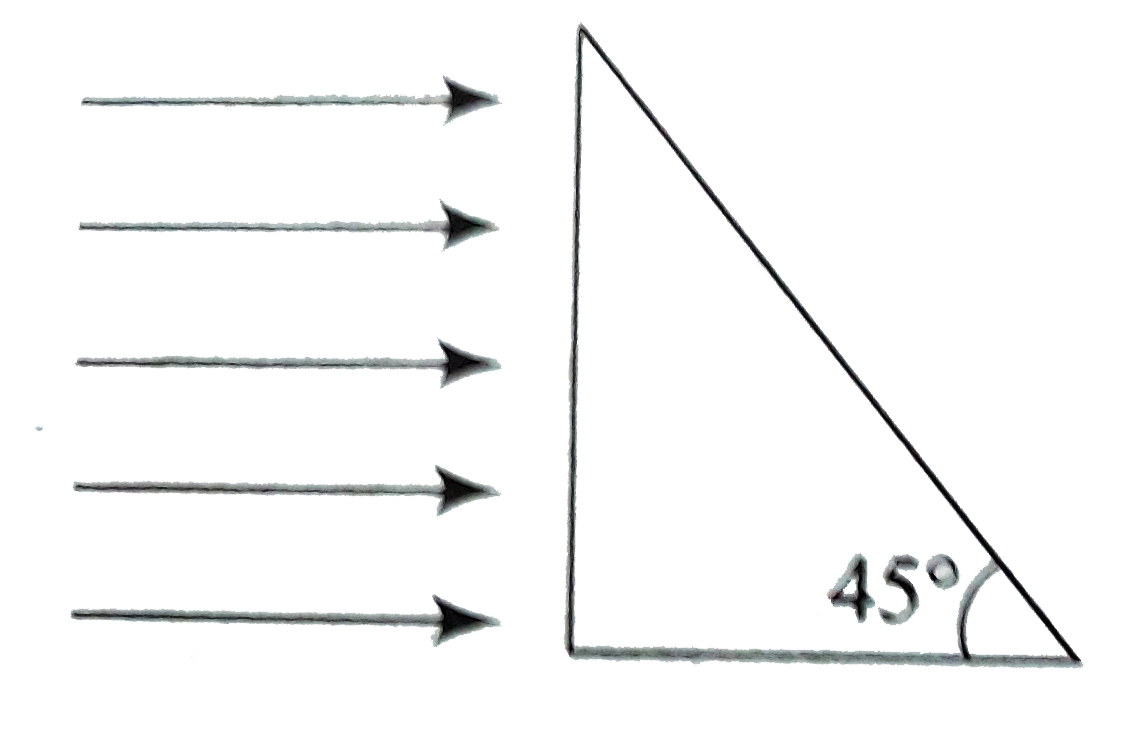What is the action spectrum of transpiration?
(a) Blue and infra red
(b) Green and ultraviolet
(c) Orange and red
(d) Blue and red
Blue and infra red
Green and ultraviolet
Orange and red
Blue and red
The correct Answer is:D
To determine the action spectrum of transpiration, we need to analyze the role of light in the process of transpiration, particularly focusing on the stomata.
1. Understanding Transpiration: Transpiration is the process by which water vapor is lost from the plant to the atmosphere, primarily through small openings in the leaves called stomata.
2. Role of Stomata: Stomata are regulated by light. During the day, they open in response to light, allowing for gas exchange and transpiration to occur.
3. Light Spectrum and Stomatal Opening: The action spectrum refers to the range of wavelengths of light that are effective in causing a physiological response—in this case, the opening of stomata.
4. Identifying Effective Wavelengths: Research indicates that blue light (around 400-500 nm) is particularly effective in stimulating stomatal opening. Red light (around 600-700 nm) also contributes but is less effective compared to blue light.
5. Conclusion: Since the stomata open in response to both blue and red light, the action spectrum of transpiration is primarily associated with these two wavelengths.
6. Final Answer: Therefore, the action spectrum of transpiration is best described by option (d) Blue and Red.
Topper's Solved these Questions
- TRANSPORT IN PLANTS BOOK - ICSECHAPTER - TRANSPORT IN PLANTS EXERCISE - TEST YOUR PROGRESS (Fill in the blanks with appropriate words )
32 Videos
- TRANSPORT IN PLANTS BOOK - ICSECHAPTER - TRANSPORT IN PLANTS EXERCISE - TEST YOUR PROGRESS (State whether the following statements are true or false)
16 Videos
- TRANSPORT IN PLANTS BOOK - ICSECHAPTER - TRANSPORT IN PLANTS EXERCISE - REVIEW QUESTIONS (Questions based on diagrams or set-up)
30 Videos
- THE LIVING WORLD BOOK - ICSECHAPTER - THE LIVING WORLD EXERCISE - Ncert Exercises (Differentiate Between )
4 Videos
Similar Questions
Knowledge Check
An artist makes a certain shade of green paint by mixing blue and yellow inn a ratio of 3:4. She makes orange by mixing red and yellow in the ratio of 2:3. If on one day she mixes both green and orange and uses equal amounts of blue and red paint, what fractional part of the paint that she uses is yellow?
A712B1729C75D1217Chlorophyll molecule appears green because it (A) reflects green (B) absorbs green (C) reflects blue and red (D) transmits blue and red
Areflects greenBabsorbs greenCreflects blue and redDtransmits blue and red
A beam of light consisting of red, green and blue colours is incident on a right angled prism. The refractive index of the material of the prism for the above red, green and blue wavelengths are 1.39, 1.44 and 1.47, respectively.

View SolutionWhich star is at a higher temperature, a red star or a blue star ?
View SolutionMaximum photosynthesis occurs in
(a) Blue light
(b) Red light
(c) Green light
(d) White light
View SolutionA beam of light consisting of red, green, and blue colors is incident on a right-angled prism. The refractive indices of the material of the prism for the above red, green and blue wavelengths are 1.39, 1.44 and 1.47, repectively. The prism will

View SolutionThe difference between the Red List and Red Data Book is
(a) The Red Data Book contains three colored pages Red, pink and green and The Red List has the animals typed with brown, blue and orange.
(b) The Red List contains names of endangered species and Red Data Book contains information of endangered species.
(c) Both (a) and (b).
(d) None of the above.
View SolutionWhat's the probability of drawing a blue marble from a bowl containing 4 red marbles, 5 blue marbles, and 5 green marbles?
View Solution